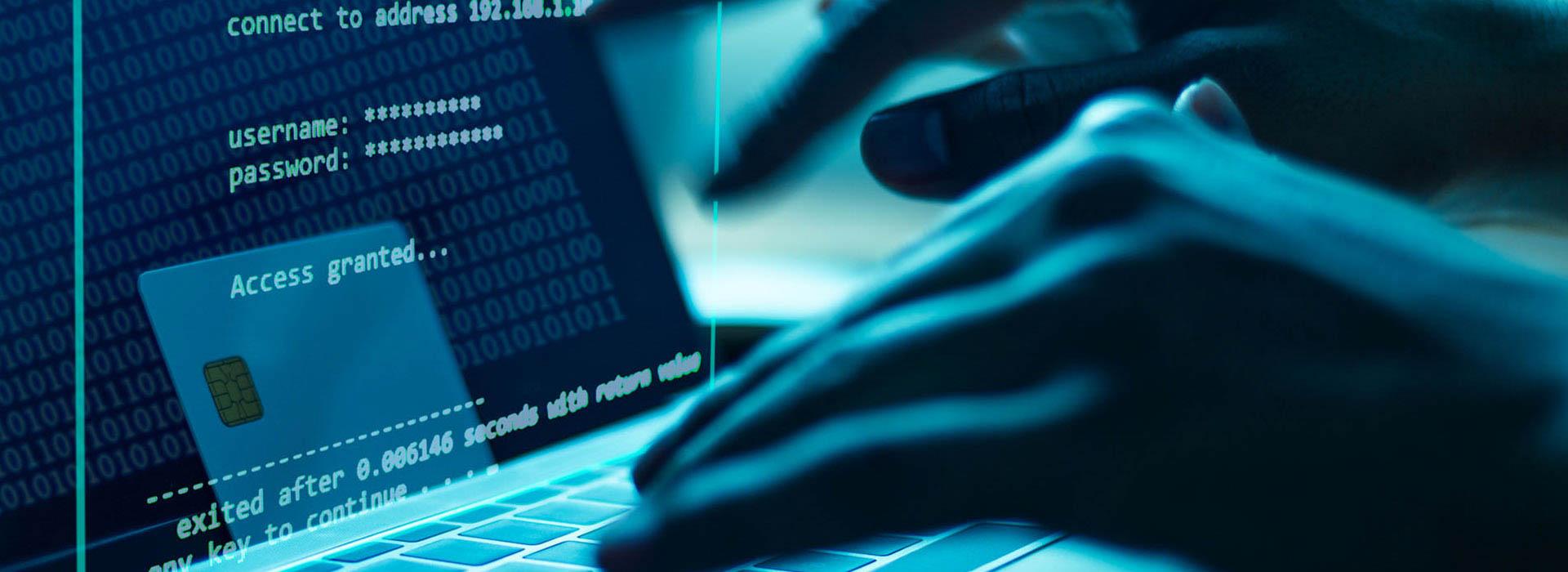
6 Things to look for in a credit card fraud detection solution
Credit card fraud costs financial institutions dearly. Here are six features to look for in a fraud detection solution.
When the media covers fraud, it's typically discussed in terms of losses to consumers and merchants. Financial institutions are usually left out of the conversation. But as a victim often left behind the scenes, the cost of fraud on financial institutions can be significant, multifold and rising.
According to a LexisNexis Risk Solutions study, for every dollar lost to fraud in 2021, US financial services firms saw $4 in costs – an increase from $3.64 in 2020. These costs include the hard losses that hurt institutions' bottom line such as the cost to replace cards, as well as case investigations, customer phone support and damage to an institution's reputation.
With the cost of fraud rising and cardholder trust declining, financial institutions need to take steps to ensure their business and their cardholders are protected. Let's review six features you should look for in a credit card fraud detection solution for your institution.
1. Predictive analytics
Institutions collect vast amounts of data in the course of doing business – data that can be used to detect fraud patterns to determine future probabilities and trends. Although predictive analytics won't reveal what type of fraud will happen, it can point to what might happen with an acceptable degree of reliability.
Worldpay fraud management, for example, is designed to use predictive models based on billions of payment transaction data and consumer profiles. Using historical data combined with customer insights, Worldpay's analytics and reporting is able to predict future fraud events so that actions can be taken to avoid and mitigate these events.
2. Experienced fraud analysts
All the data in the world is meaningless without human interpretation. Fraud analysts play a critical role in a credit card fraud detection solution. They see the story behind the data. Instead of going through transactions to determine fraudulent activity (leave that to the software), fraud analysts use this information as research material to help develop automated fraud detection algorithms. Worldpay's team of fraud analysts work around the clock tracking trends and performing system updates to optimize performance.
3. Outlier models
In addition to using historical data, a credit card fraud detection solution must also be able to adjust dynamically to the stream of data because fraud patterns are often not linear. Outlier models can be especially helpful for detecting fraud in emerging markets where sufficient data to make predictions does not yet exist. For example, if a card that shows an average of $1,000 in purchases a month jumps to $5,000 in a month, an outlier model would flag that card.
A flexible, self-calibrating outlier model provides a great advantage because it requires less data and adjusts in real-time based on the transaction system – critical to saving money.
4. Custom rule management
Another important feature of a credit card fraud detection solution is the ability to accommodate an institution's specific policies and practices without inconveniencing cardholders. An overzealous solution can do more harm than good. For example, a rule that blocks payments outside of the US unless the institution is notified can be cumbersome for cardholders who travel internationally and infrequently.
When valid transactions are denied due to overly strict fraud controls, cardholders tend to switch cards to ones they know will work. Custom rule management allows for modifications on fraud rules based on specific cardholder activity. Worldpay's solution has a 3:1 false positive ratio, keeping cardholders confident in using their institution's card.
5. Global profiling
Global profiling is critical to identifying fraud trends initiated in other countries. This data can be used to help identify emerging trends and new fraud schemes. Again, Worldpay offers an advantage in this area as we continue to expand our credit card fraud protection tool sets.
6. Mobile card controls
Giving cardholders control over their own cards allows a financial institution to share the fraud responsibility and offers the confidence and peace of mind that helps drive brand loyalty. When a cardholder has the power to restrict their card from being used in businesses they don't frequent, for amounts they wouldn't charge and geographic locations they wouldn't be in, they can make a dramatic impact on the ability to identify fraud and respond in real-time.
A card control app like Worldpay's MobiMoney allows cardholders to set spending limits and alerts and turn their cards off and on at their discretion. With this level of control, fraudsters don't have the chance to make multiple transactions on a stolen or counterfeit card before the cardholder is aware of the fraudulent activity. This alone can save a significant amount of money that would traditionally be lost to fraud.
Although not an exhaustive list, these six features are a good starting point for choosing a credit card fraud detection solution for your institution. Be sure to look for a solution that combines intelligent software, experienced fraud analysts, global data and mobile card controls to proactively identify and prevent fraud without inconveniencing cardholders.
To learn how Worldpay's fraud management tools can help your institution detect and prevent fraud, talk with us.
Related Insights


